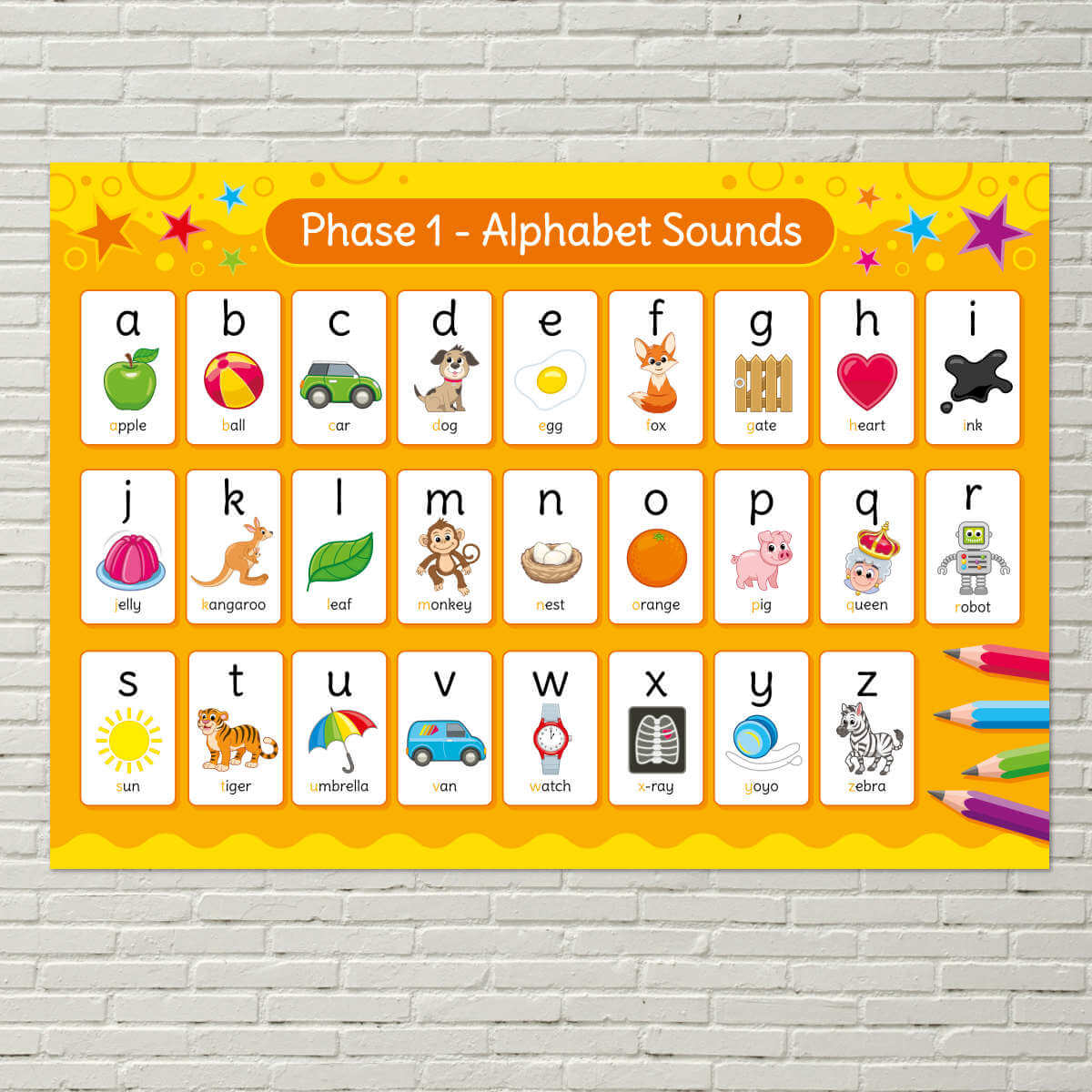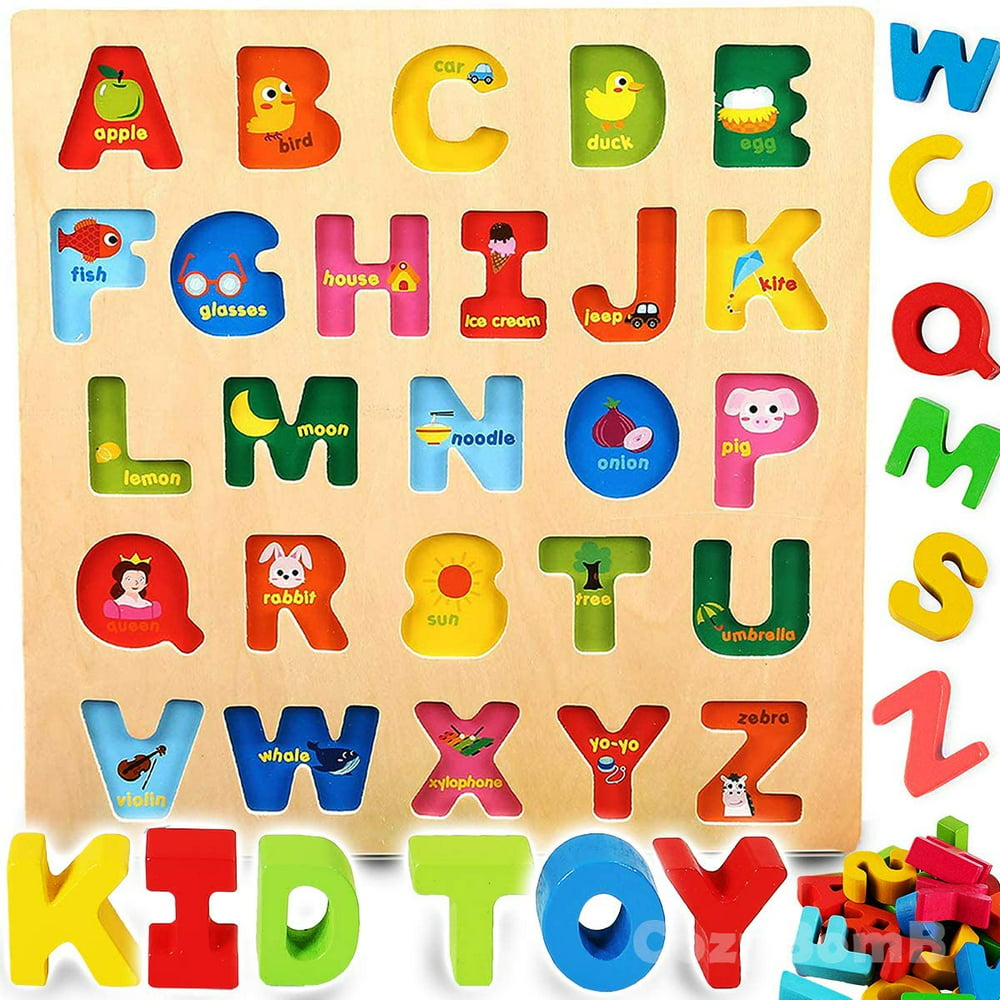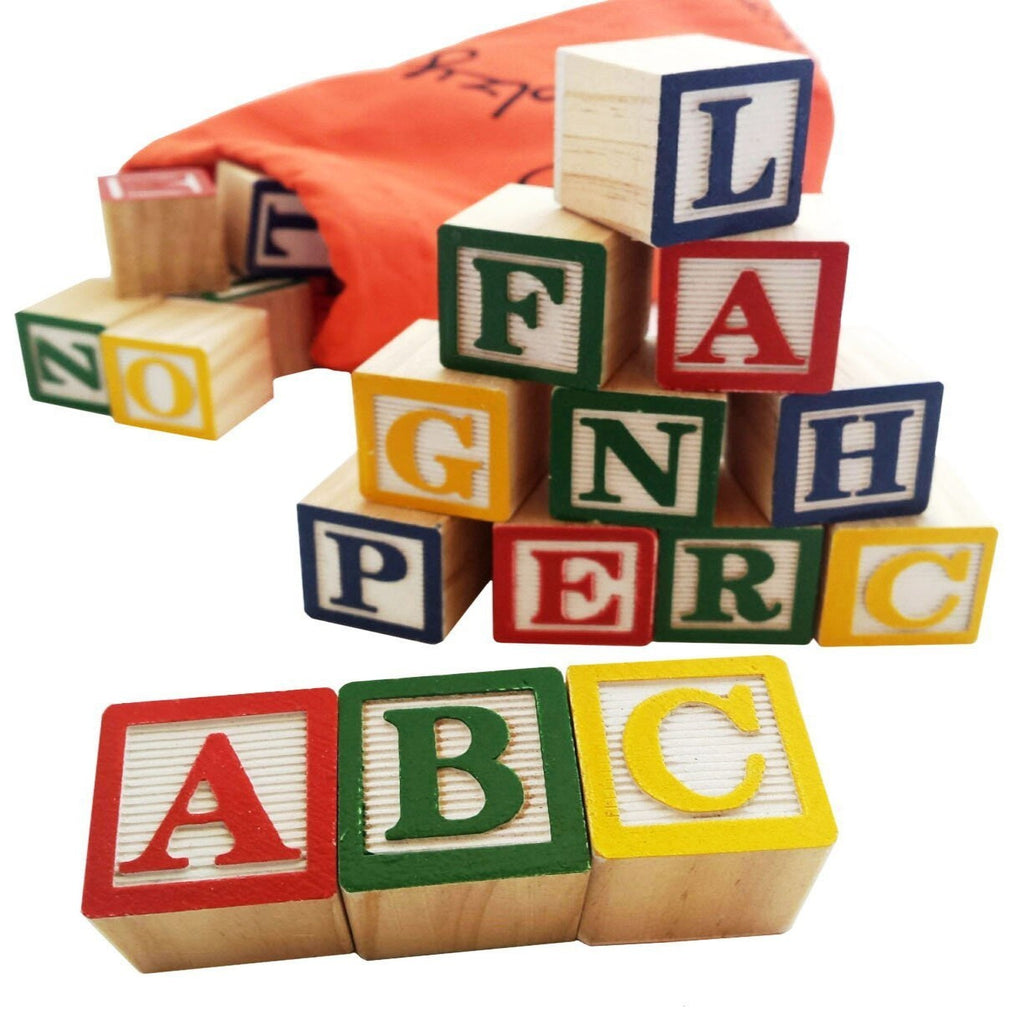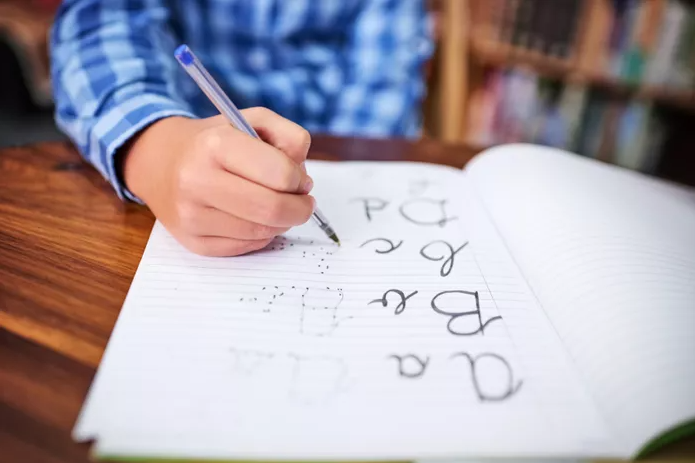Letter sound jolly phonics
Table of Contents
Table of Contents
Learning a new language is always challenging, especially for kids. One of the fundamental building blocks of language is understanding the sounds of the alphabet. Phonic sounds are crucial for proper pronunciation and spelling. With English being a widely used language globally, phonic sounds with English alphabets are a vital skill. Teaching kids the basics of phonics paves the way for a strong foundation in language and communication.
However, parents, teachers, and kids can find phonics challenging to learn or teach. Some pain points often include not knowing where to start, feeling overwhelmed with the quantity of information, or finding the teaching methods boring and unengaging.
The target of phonic sounds with English alphabets is to make it easy and fun for kids to learn. Using different teaching methods can make it more engaging and enjoyable. Learning phonics sets the foundation for reading, spelling, and writing.
This article focuses on understanding the basics of phonic sounds related to English alphabets. We will touch on some common pain points associated with learning about phonics. We will discuss ways to make learning phonics enjoyable for both parents and kids.
Why Should Kids Learn Phonic Sounds with English Alphabets?
The target of phonic sounds with English alphabets is to provide the building blocks of language and communication. Phonic sounds assist in improving reading, writing, and proper pronunciation. As a result, it improves your child’s self-esteem, confidence, and motivation.
Teaching phonics is not rocket science and can be achieved with simple exercises. Start by asking your child to identify sounds of alphabets using familiar objects like “B” for “ball.” Progress slowly to challenging sounds like “S” and “TH.”
Using games, songs, and rhymes makes it more engaging and memorable for the child. Incorporating multiple senses such as sight, sound, and touch can make the learning experience more memorable and fun.
How to Teach Phonics Efficiently
The most effective way to teach phonics is by practicing regularly. Spend a few minutes daily using different exercises and methods such as songs, games, and worksheets. It can be helpful to start with one concept, like letter sounds, before moving onto words and sentences.
One example of a game that you can play with your child is “Phonic Bingo.” Create bingo boards with letters and matching pictures, and then call out sounds. If your child recognizes the sound, they mark the corresponding picture on the board, just as they would in a normal bingo game. The winner is the player who identifies five items in a row.
Engaging your child with different exercises and using a variety of teaching methods helps them remember concepts better. It can help to focus on their favorite sounds or letters and create a game around them.
Useful Tools for Teaching Phonics
Here are some useful tools for teaching phonics to kids:
 - Phonics posters or charts with letter sounds and matching pictures
- Phonics posters or charts with letter sounds and matching pictures
- Phonics songs and videos
- Worksheets such as coloring sheets, tracing sheets, and matching games
Conclusion
Phonic sounds with English alphabets is an essential building block for language and communication. Teaching phonics can be made fun and engaging with various exercises, games, and songs. Parents and teachers can use different tools like posters, songs, and worksheets to make learning phonics enjoyable for kids. Regular practice and the incorporation of different teaching methods can guarantee a positive and successful learning experience for kids.
Question and Answer About Phonic Sounds English Alphabets
Here are some frequently asked questions about phonics:
1. What are Phonics?
Phonics are the building blocks of language and communication. It is the understanding of sounds associated with language and how they apply to letters and words.
2. How can I Teach Phonics to My Child?
You can teach phonics effectively by using various exercises, games, and worksheets. Incorporating different senses, such as sight, sound, and touch, can make the learning experience more engaging and memorable for your child. Tools such as posters, songs, and videos can also help make the learning experience more enjoyable.
3. How Long Does it Take Kids to Learn Phonics?
The amount of time it takes for a child to learn phonics varies depending on the child’s learning abilities and dedication. Typically, children begin learning phonics at around four years old, but some may begin earlier or later. Regular practice and exposure to different teaching methods can help expedite the learning process.
4. What are Some Common Challenges Children Face when Learning Phonics?
Some common challenges children face when learning phonics are a lack of interest, difficulty in distinguishing between similar sounds, and difficulty in recognizing irregular spellings. However, with proper guidance and support, most children can overcome these challenges.
Gallery
How Parents Can Teach Kids Phonics Sounds In English? - KLearningKids.com

Photo Credit by: bing.com / phonics phonic
Phonics Phase 1 Alphabet Sounds Poster - English Poster For Schools

Photo Credit by: bing.com / phonics poster sounds alphabet phase english primary
Letter Sound Chart | Learning Phonics, Phonics Sounds, Phonics Chart

Photo Credit by: bing.com / sounds phonics chart alphabet sound english letter synthetic alphabets language learning worksheets printables teaching
Letter Sound Jolly Phonics - Letter Daily References

Photo Credit by: bing.com / phonics jolly alphabet phonic worksheets twinkl vowel phonetic alphabets eyfs phonemes knock candice phoneme
Pin On ALPHABET

Photo Credit by: bing.com / sounds alphabet phonics alphabets letter chart worksheets activities english learning kindergarten sound letters abc cards preschool teaching teacherspayteachers animal flash





